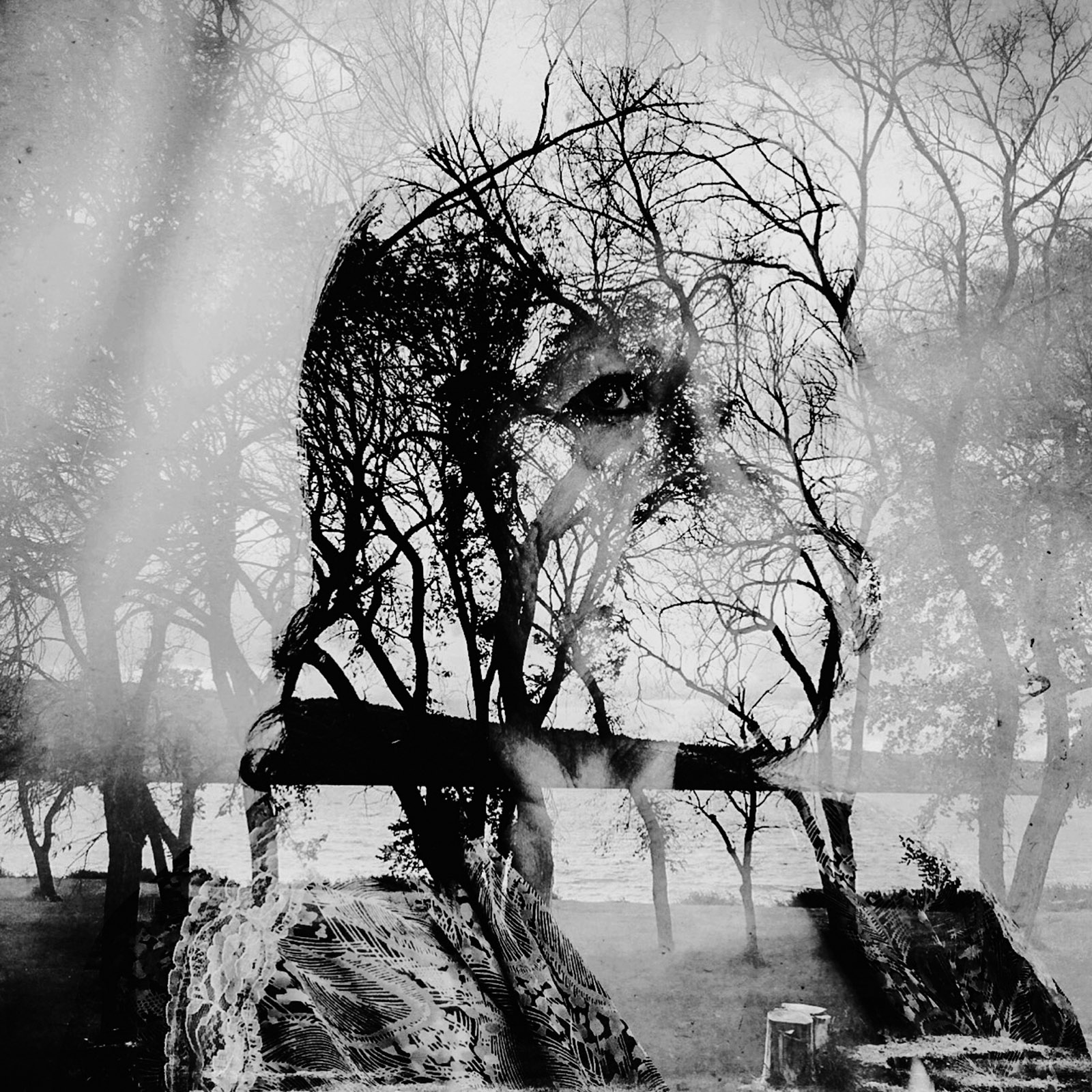
During the 1980s, the Canadian government discovered a disturbing new trend: young Inuit were taking their own lives in unprecedented numbers. By 2003, the suicide rate among Inuit aged 15-24 in the arctic territory known as Nunavut was 40 times higher than it was among non-Inuit the same age in the rest of Canada. Then, just as suddenly, the youth suicide rate in Nunavut began slowly declining, so that it is now about half as common as it was 15 year ago. It was as though the people of this region had been hit with a giant shockwave, whose effects are only now slowly beginning to wane.
Outsiders often assume that high suicide rates among northern indigenous peoples are explained by the cold and dark, but this can't be the case because detailed statistical findings prove that the wave really was new. Until the 1970s, young Inuit rarely killed themselves. Epstein traveled to Nunavut to explore the nature of this shockwave and why it affected the Inuit in particular. What does it take for a society to recover?



